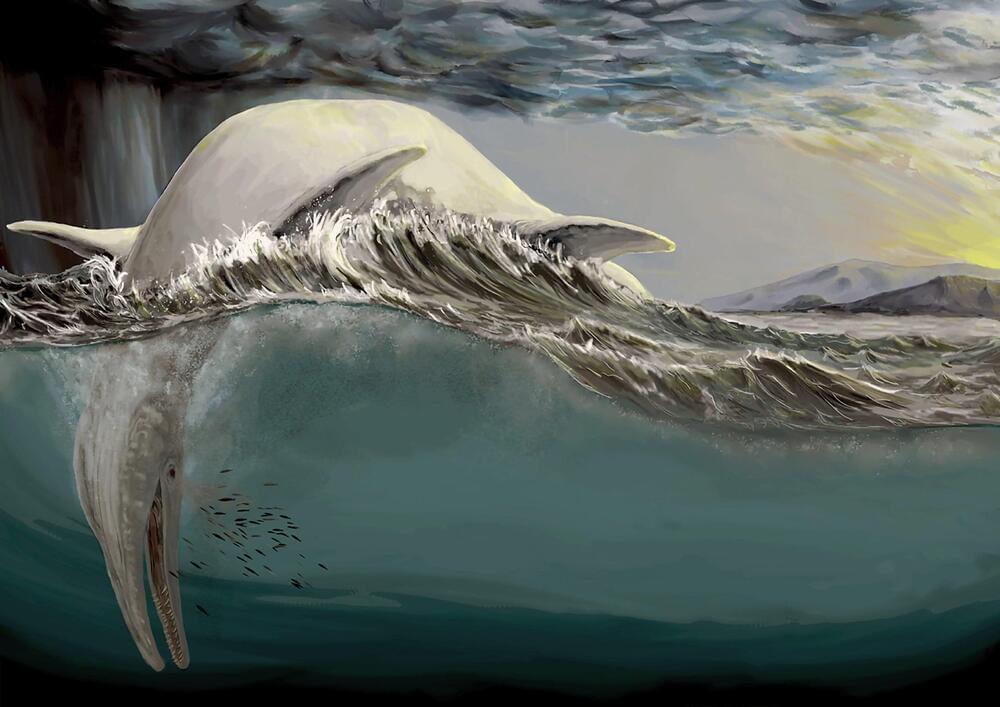Several similar large, fossilized bone fragments have been discovered in various regions across Western and Central Europe since the 19th century. The animal group to which they belonged is still the subject of much debate to this day. A study carried out at the University of Bonn could now settle this dispute once and for all: The microstructure of the fossils indicates that they come from the lower jaw of a gigantic ichthyosaur. These animals could reach 25 to 30 meters in length, a similar size to the modern blue whale. The results have now been published in the journal PeerJ.
In 1,850, the British naturalist Samuel Stutchbury reported a mysterious find in a scientific journal: A large, cylindrical bone fragment had been discovered at Aust Cliff – a fossil deposit near to Bristol. Similar bone fragments have since been found in various different places around Europe, including Bonenburg in North Rhine-Westphalia and in the Provence region of France. More than 200 million years ago, these areas were submerged beneath a huge ocean that covered vast swathes of Western and Central Europe. Fossil remains from the animal world of that time – including marine and coastal dwellers – have been preserved in the sediment.
There is still some debate to this day about the animal group to which these large, fossilized bones belonged. Stutchbury assumed in his examination of the first finds that they came from a labyrinthodontia, an extinct crocodile-like land creature. However, this hypothesis was questioned by other researchers, who believed instead that the fossils came from long-necked dinosaurs (sauropods), stegosaurs, or a still completely unknown group of dinosaurs.
